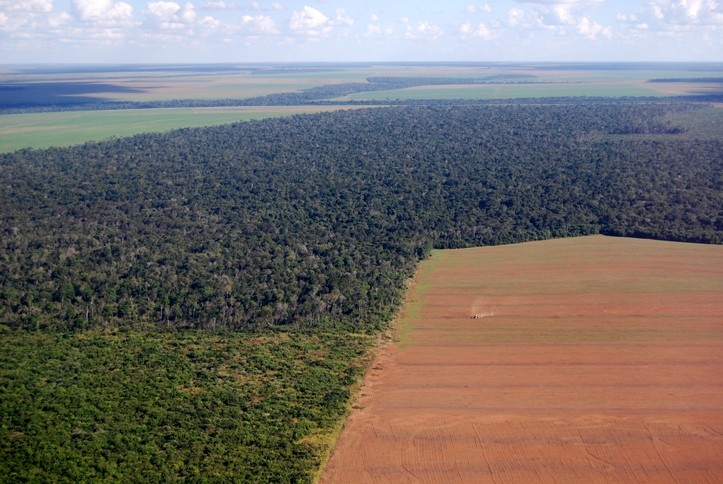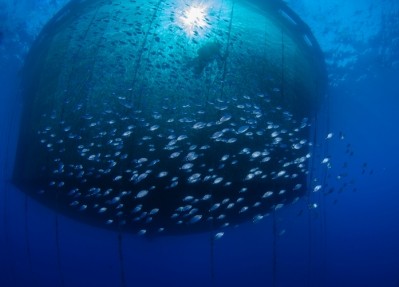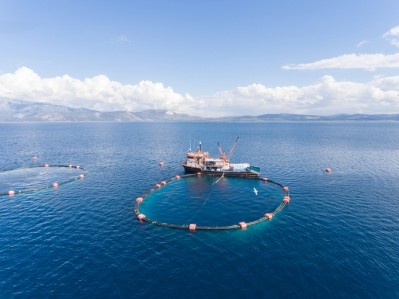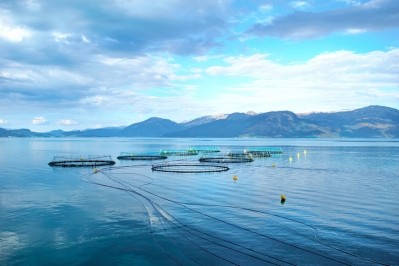Norwegian salmon farmers kiss Brazilian soy goodbye

The Group’s members comprise small and medium-sized farmers, but together they purchase around 12% of all fish feed that is sold to salmon and trout farmers in Norway, which translates as 190,000 tons per year.
Along with adjustments made earlier this year, the Salmon Group said the carbon footprint of their farmers’ feed is now reduced by 50% compared to the industry standard.
Three weeks ago, the 44 salmon farming companies that make up the Salmon Group signed a deal with fish feed manufacturer, BioMar, for a bespoke feed formulation that comes with a 20% lower carbon footprint. The Group said the additional action of taking out Brazilian soy from their feed means they further slim down that carbon footprint, resulting in an overall reduction of 37%, over a very short time.
When asked why the Salmon Group felt the need to act over Brazilian soy now, Maria Schütz Fløisand, its spokesperson, told FeedNavigator:
“This is part of our ongoing work to reduce the carbon footprint of our fish feed. It is not directly connected to the currently reported fires [in the Amazon].”
The farming organization incorporated 12,000 metric tons of soy in its feed formulations.
“Our chosen alternative leaves us with a carbon footprint that is 17% lower than the impact would be by using certified Brazilian soy,” she added.
In terms of how the Salmon Group arrived at the figure of a 17% reduction in carbon footprint through the removal of Brazilian soy from its feed, Schütz Fløisand said: “Our calculations are based on official numbers rating different raw materials."
Sustainability and fish welfare - feed is key
The cooperative works systematically on sustainability and fish welfare, and says that feed is an important key to success in both areas.
It launched a report last year, Sustainable farming of salmon and trout. What is it? - a white paper on how the Norwegian salmon sector could become more sustainable. It noted that feed was the largest contributor to the carbon footprint of the aquaculture industry.
The Salmon Group has long been limiting the inclusion levels of soy in its feed, opting instead for a larger marine ingredient content in the formulation. In addition, the Norwegian farmer organization has looked to include a range of alternative and more sustainable sources of protein in the ration.
“In general, the industry is now hunting for alternative sources of protein such as insect meal and bioprotein. This is a welcome development,” said the Group in a release.
It praised BioMar for remaining what it termed "an agile producer", saying the feed manufacturer was always prepared to make the changes requested whenever the Salmon Group sought recipe modifications based on sustainability requirements.














